New regulation on classification, analysis, inspection on quality and food safety for import and export goods
Article 1 of Circular 17 amending and supplementing Clause 2, Article 6 of Circular 14 on the classification and application of tariff rates to several special cases. In the case that has a difference in the description of goods in the List of Import and Export goods of Vietnam and the description of goods in the List of HS code, AHTN List, the description of goods will be applied to the goods’ description of the list of HS code and AHTN List to classify and guide classification in accordance with the principles of international treaties to which Vietnam is a member.
Article 9 of Circular 14 regulating the dossiers of request for analysis for classification is amended and supplemented in the direction that the customs authority where there is arising a request for goods analysis is responsible for preparing and submitting the dossier of request for analysis. The dossier should include a request for analysis of import and export goods cum receipt of sample. Each item makes one request for analysis of import and export goods cum receipt of sample. The receipt records the number and date of the document issuance and document in the customs dossier relating to the sample of goods; sample of goods requested for analysis and technical documentation of the goods.
If there are no technical documents, the customs authority must clearly state the reason for the absence of technical documents in item 12, form 05/PYCPT/2021 about the request for the analysis of import and export goods cum receipt of sample issued together with this circular.
Regarding the regulation on samples of import and export goods for analysis for classification, Circular 17 has amended and supplemented Clause 1, Article 10 of Circular 14 in the direction that import and export goods must have samples taken for analysis in accordance with Clause 14, Article 1, Decree 59/2018/ND-CP dated April 20,2018. Sampling should be carried out in accordance with the request for analysis of import and export goods cum receipt of the sample. Samples taken from the shipment of goods must be analysed and representative; must be sufficient in quantity and volume to serve the assessment or complaint settlement. When taking samples, there must be a representative of the customs declarant present. The sample must be signed by each party for certification and sealed. When handing over the sample, there must be a minutes of handover of the sample and signed for certification by the parties.
If the customs declarant is absent when taking a sample, the customs authority will take samples in the witness of State agencies in border-gate areas, representatives of transport enterprises, port and warehousing enterprises. Each witness must sign for confirmation. The quantity of sample is two, however, if the customs declarant only imports one sample, the sample will not be taken. The customs authority should send the sample or send the sample by post. The sample is only legally valid when the seal is not broken.
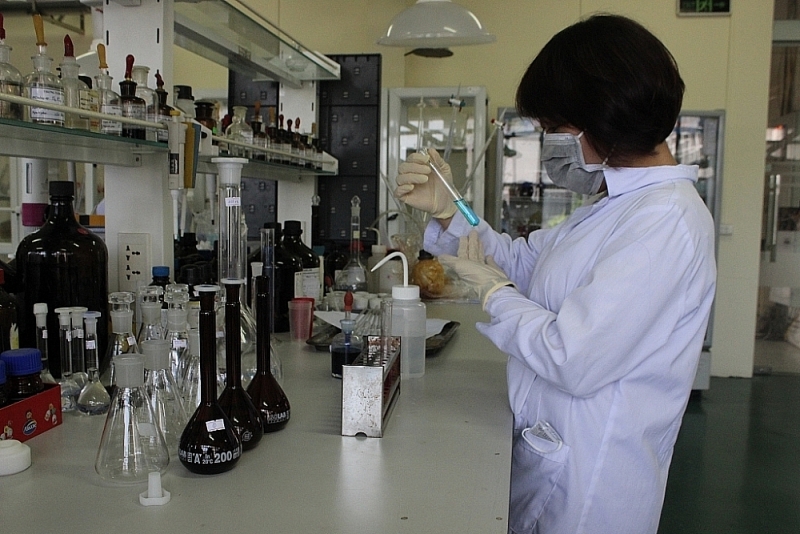 |
| Analysing sample at Goods classification and analysis Center under the Customs Department of Goods Classification. Photo: H.Nụ |
Article 11 of Circular 14 stipulating notification of classification results and the notification of analysis results together with commodity codes, which are also amended and supplemented with specific instructions. Accordingly, within a period of no more than five working days, if the time for analysis depends on time due to the requirements of complex analytical techniques or samples, the Director of Customs Department of Goods Verification has to issue notification of goods classification within 20 working days of the date of receipt with sufficient dossiers and analytical samples.
If the sample of goods has an analysis result that meets criteria of group a and c or group of criteria b and c below, the director of the Manager of Goods Verification Customs Branch should issue a notice of the analysis result together with the HS code of goods, the time limit for issuing notification of analysis result together with an HS code in not more than five working days. If the analysis time depends on time due to the requirement of analytical technical process or complex goods samples, it will not exceed more than 10 working days from the date of receipt of complete dossiers and analytical samples. In which, the notification of the result must specify the name of the goods, nature of the goods and the HS code.
If the customs authority sends the sample for request for inspection, within five working days, if the complicated samples require more time, it must not exceed eight working days from the date of receiving the inspection results, the Director of the Customs Department of Goods Verification should issue a notification of goods classification results. For samples of goods with inspection results falling within the prescribed scope, the time limit for issuing the notification of analysis results together with HS codes should not exceed five working days since the date of receipt of the goods inspection results.
The notification of classification results or the notification of analysis results together with HS codes is the basis for determining tariff rates and implementing goods management policies; it will be updated in the database of the Customs authority and publicised on the website of the General Department of Vietnam Customs. If the customs declarant disagrees with the result of classification of goods or the notification of analysis results together with the HS code, he/she shall make a complaint under the Law on Complaints or request for inspection as prescribed in Article 30. Decree 08/2015/ND-CP dated January 21, 2015 of the Government.
Regarding regulations on analysis for quality inspection and food safety inspection, Circular 17 amending and supplementing Clause 4, Article 13 of Circular 14 as follows: the Director of Customs Department of Goods Verification issues a final notification of results of quality control and food safety inspection within the time limit prescribed by the law on quality inspection and food safety inspection.
Besides that, Circular 17 also amends Article 14 of Circular 14 on information sources for building a database of the List of Import and Export goods. The list of goods banned from import and export, list of goods imported and exported subjected to license and conditions, list of imported and exported goods subject to specialised management as prescribed in Decree No. 69/2018/ND-CP dated May 15, 2018 of the Government; and guiding documents on goods classification of the Ministry of Finance and the General Department of Vietnam Customs.
Other sources of information from notification of classification results of the Director General of Vietnam Customs, notification of classification results of the Director of Customs Department of Goods Verification and the notification of analysis results with goods codes of Manager of Goods Verification Customs Branch.
Circular 17 also amends and supplements forms enclosed with Circular 14 such as: amending form No. 05/PYCPT/2015 to form No. 05/PYCPT/2021; amending form No. 08/TBKQPL/2015 to form No. 08/TBKQPL/2021; amending form No. 09/TBKQKT-CL-ATTP/2015 to form No. 09/TBKQKT-CL-ATTP/2021 and supplementing a form No. 10/TBKQPTPL/2021.
Circular 17 will take effect from April 12, 2021.
Related News

Checking and reviewing the classification of exported copper
09:37 | 10/10/2024 Regulations

Food safety rules relaxed for emergency imports
10:58 | 12/10/2024 Regulations

Vietnam Customs proactively participate in negotiation and develop AHTN Nomenclature
10:02 | 13/06/2024 Customs
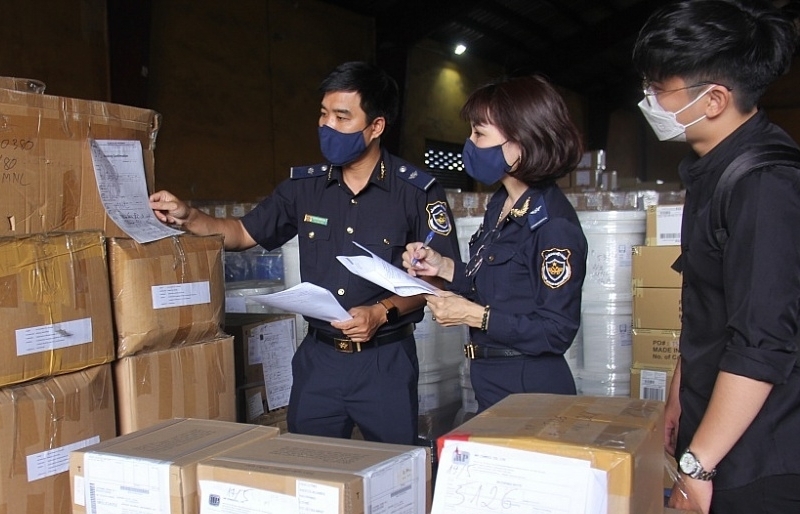
Reform of specialized inspection is an inevitable trend
10:22 | 18/03/2024 Customs
Latest News

Hanoi Customs resolves tax policy queries for enterprises
09:26 | 22/11/2024 Regulations
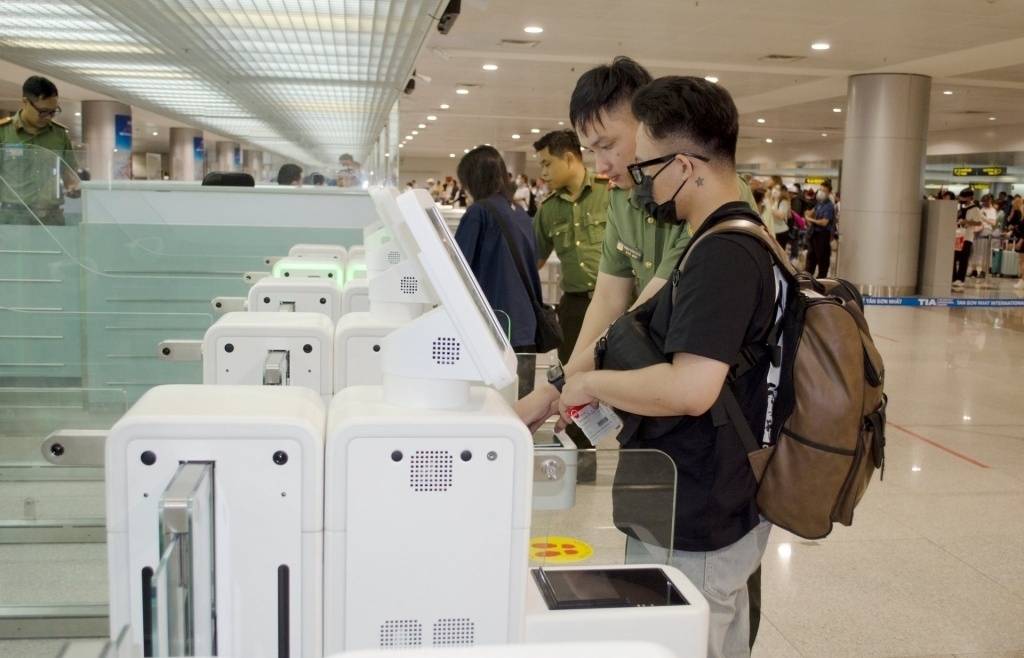
Regularly check tax obligations to avoid temporary exit suspension
09:47 | 21/11/2024 Regulations

Implementing the SAFE framework in Vietnam: Assessment through the lens of international standards
09:14 | 20/11/2024 Regulations
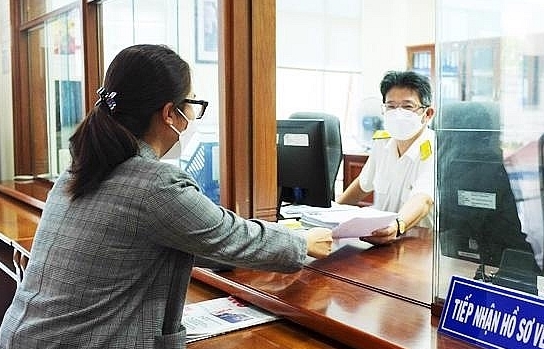
Proposing the Tax Authority be flexible in applying tax debt enforcement measures simultaneously
09:40 | 19/11/2024 Regulations
More News
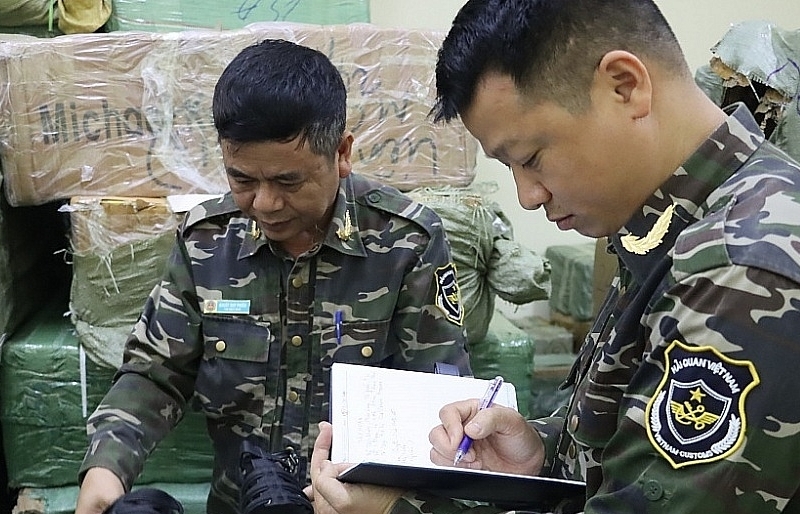
Many shortcomings in process and manual book on handling administrative violations
15:53 | 18/11/2024 Regulations

Implementing the SAFE Framework in Vietnam: Lessons from practice
10:03 | 18/11/2024 Regulations

Implementing the SAFE Framework in Vietnam: Solutions and Recommendations
09:18 | 17/11/2024 Regulations

Abolishing regulations on tax exemption for small-value imported goods must comply with international practices
13:54 | 15/11/2024 Regulations
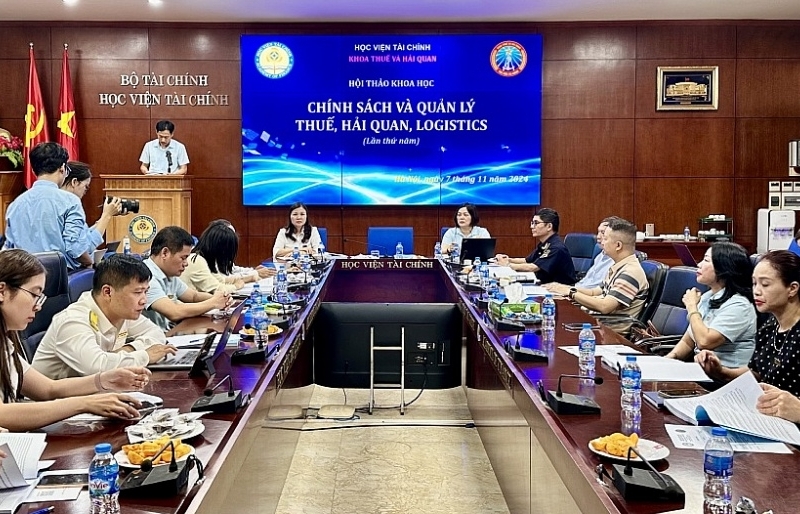
Policy adaptation and acceleration of digital transformation in tax and customs management
10:03 | 14/11/2024 Regulations

Implement regulations on special preferential import tariffs under VIFTA
08:32 | 13/11/2024 Regulations
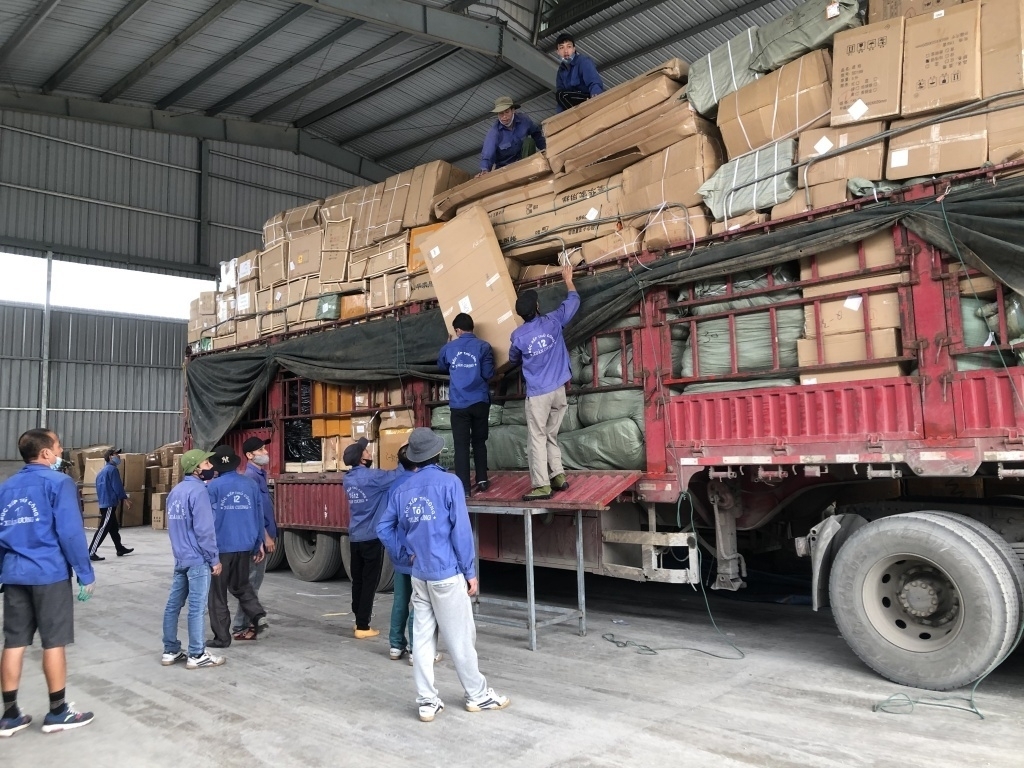
Perfecting tax policy for goods traded via e-commerce
09:24 | 10/11/2024 Regulations

Are belongings of foreigners on business trip to Vietnam exempt from tax?
14:23 | 09/11/2024 Regulations

Amending regulations on enforcement measures in tax administration
10:05 | 08/11/2024 Regulations
Your care

Hanoi Customs resolves tax policy queries for enterprises
09:26 | 22/11/2024 Regulations

Regularly check tax obligations to avoid temporary exit suspension
09:47 | 21/11/2024 Regulations

Implementing the SAFE framework in Vietnam: Assessment through the lens of international standards
09:14 | 20/11/2024 Regulations

Proposing the Tax Authority be flexible in applying tax debt enforcement measures simultaneously
09:40 | 19/11/2024 Regulations

Many shortcomings in process and manual book on handling administrative violations
15:53 | 18/11/2024 Regulations


